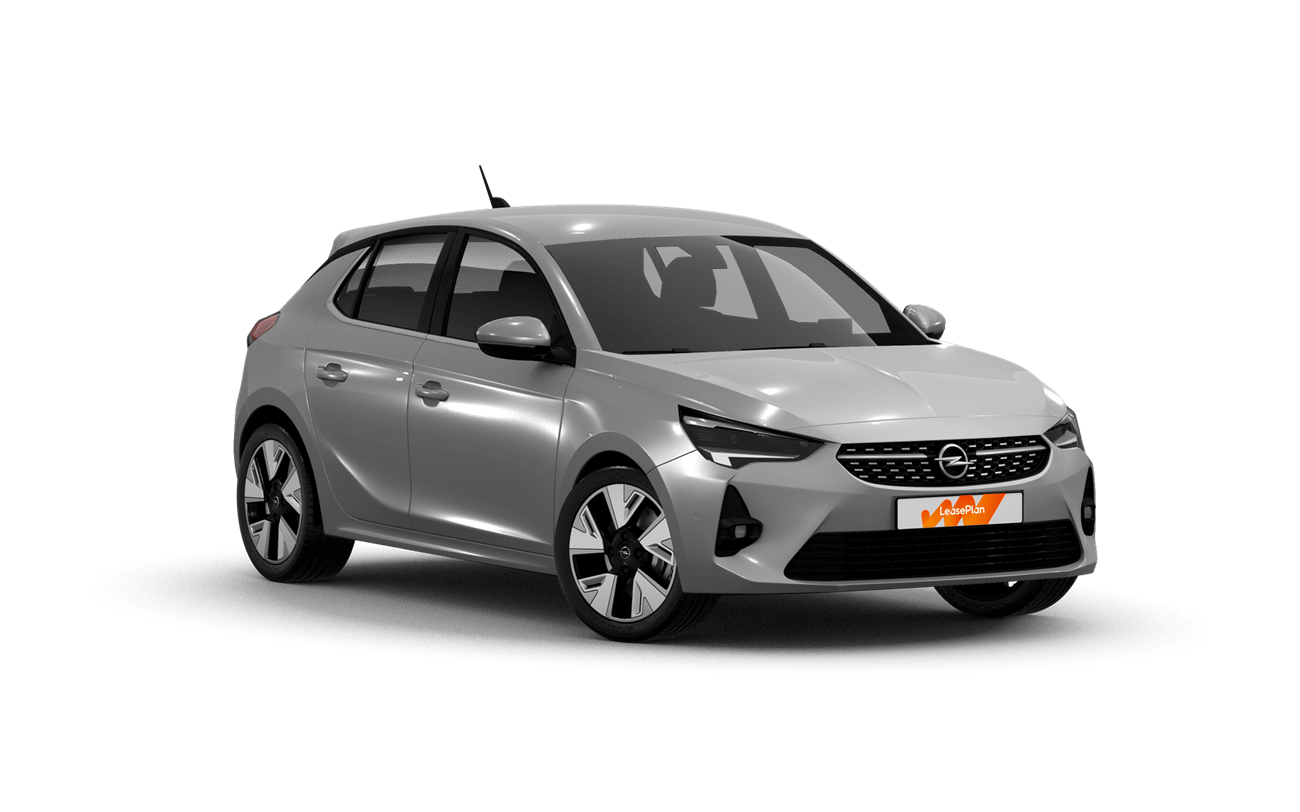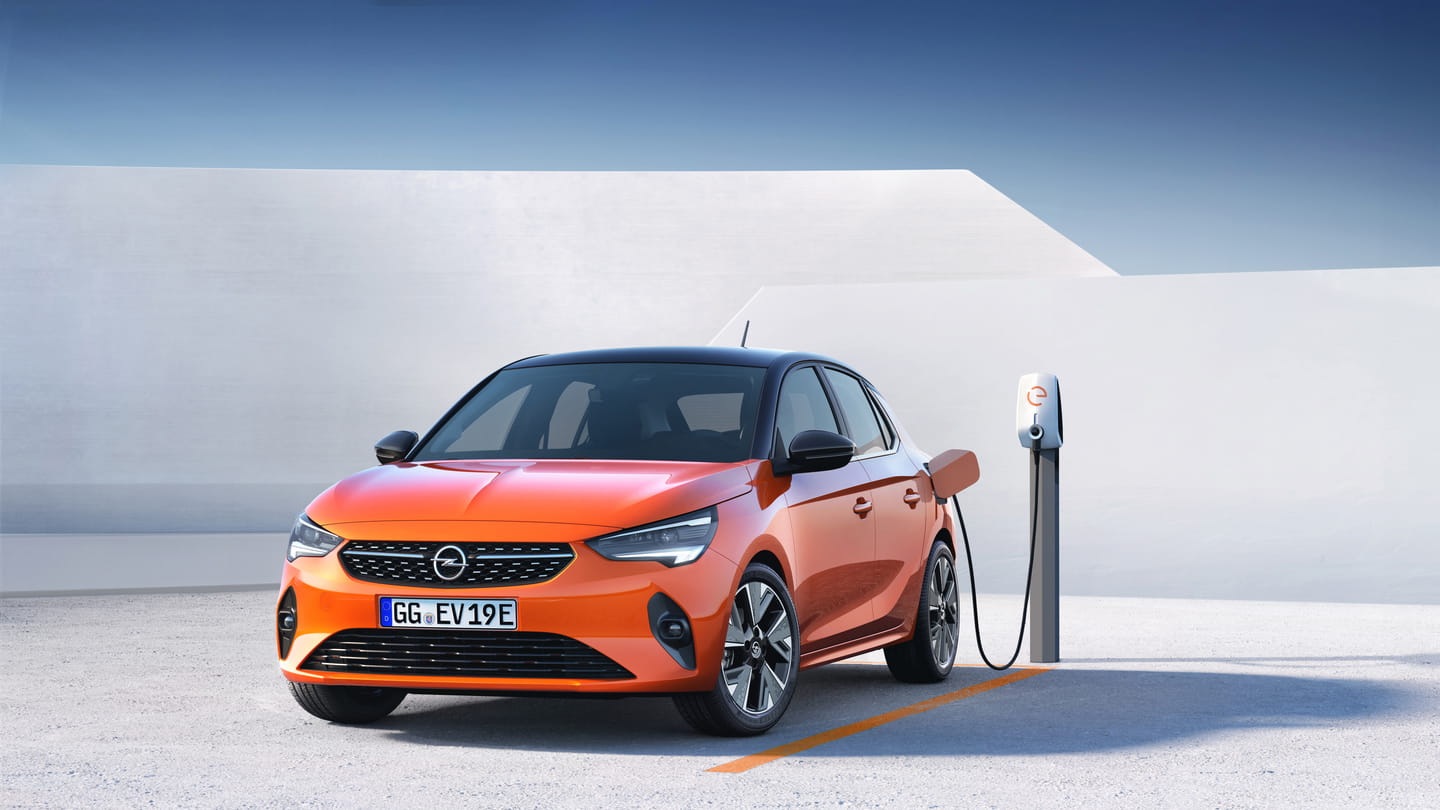
Car review - Opel Corsa-e
Promising compromise
If you want to drive electric but don't like futuristic designs, the Opel Corsa-e is a good candidate. It looks good, can take on its competitors and it carries a tempting price tag.
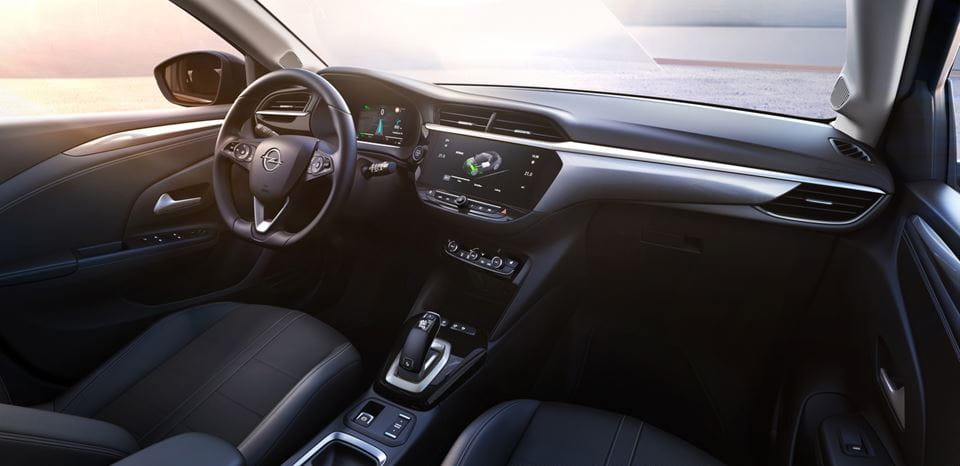
Inconspicuous
For some, the electric Opel Corsa at least has one great merit: it looks like a normal Corsa – which is far from hideous. It is the result of PSA’s industrial choice that is at odds with that of Volkswagen.
Indeed, the Corsa-e uses the same platform as its petrol and diesel brothers, allowing it to be built on the same assembly line. This has economic advantages, but also some practical drawbacks.
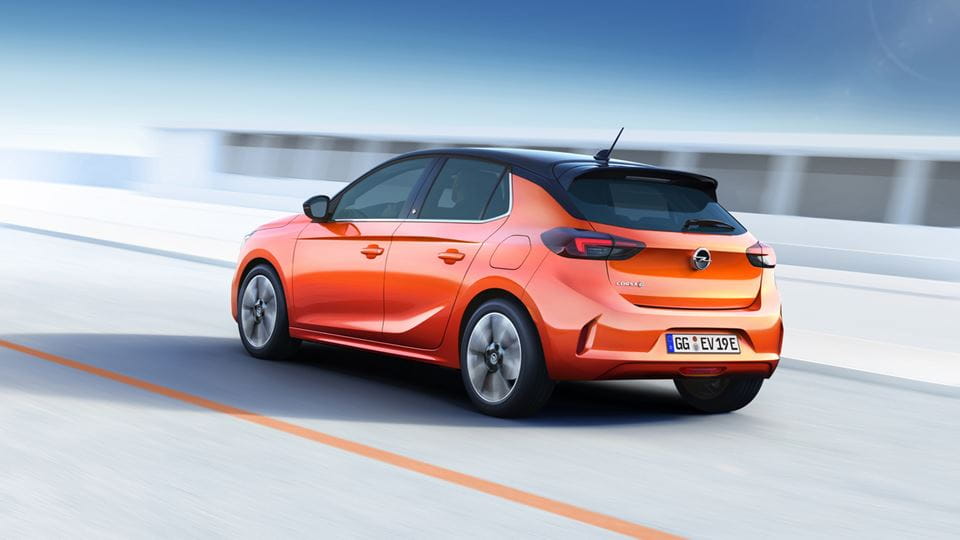
Interior
Unable to use a fully battery-centric architecture, the Corsa-e's interior space could not be maximised, contrary to competitors like the VW ID.3. The boot also had to give up some litres compared to the combustion Corsas and shrank from 309 to 267 litres.
This makes the interior space of the Corsa nothing more than mediocre. However, everything is neatly finished and you can count on a traditional dashboard in which everything is laid out logically, with ergonomics that are not disturbed by unnecessary digital controls. The menus of the infotainment system are clearly structured, too.
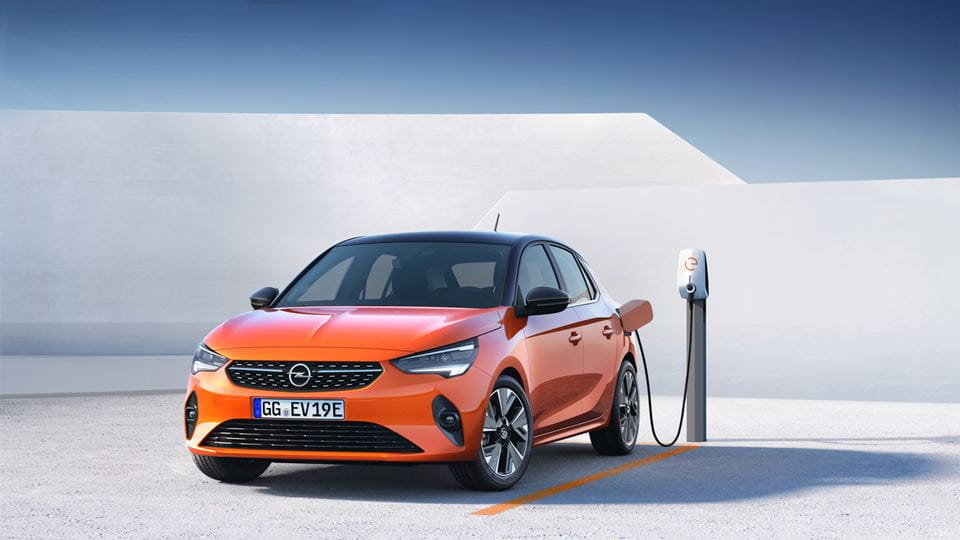
Driving pleasure
The Corsa-e offers three driving modes: Normal, Eco and Sport. Only in Sport mode are all the available horses and Newton metres unleashed. If you switch it to Normal, power and torque are limited to 80kW and 220Nm respectively. If you really want to drive economically, you can select Eco mode and cut off another 20kW and 40Nm.
You can also put the lever in either D (Drive) or B (Brake). The first position is suitable when you want to decelerate slowly, like on the highway. The second is more suitable for urban use and increases regenerative engine braking, but not to the extent that the car comes to a complete stop. This braking could have been a bit stronger.
The Corsa-e makes steering fun in any case. The suspension also makes a good impression, while the low centre of gravity ensures good body control when cornering.
Electric performance
Opel promises a driving range of 337 kilometres. In practice, that's more likely to be 240 to 280 kilometres. The Corsa-e can charge quite quickly while on the road. Using direct current, it can charge at a rate of 100kW, meaning half an hour at a DC fast charger is enough to top up the battery to 80%.
The standard on-board charger can only handle single-phase AC power. In the best-case scenario, you can get 7.4kW from a public charging station. As an option (€500) you can choose an on-board charger that can handle three-phase alternating current of 11kW, which shortens the charging time to about five hours. Nothing out of the ordinary.

